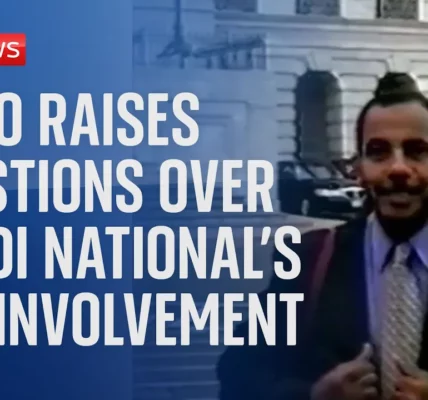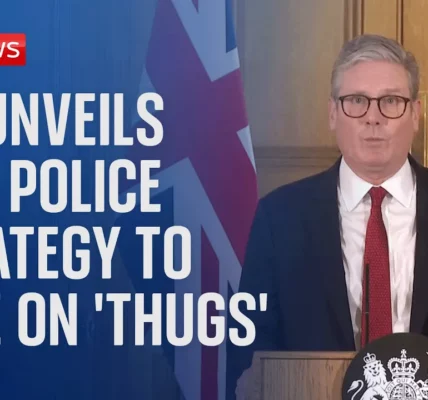Juvenile Court Hearing of 17-Year-Old Defendant

This article provides an in-depth overview of a brief juvenile court hearing involving a 17-year-old defendant, exploring the courtroom dynamics, legal protocols, and media presence during the proceedings.
Introduction
The juvenile justice system operates under different rules and regulations than adult courts, emphasizing rehabilitation over punishment. In a recent significant hearing, a 17-year-old boy, whose identity remains protected due to his age, appeared in court under the scrutiny of the media and public. The hearing, which lasted less than 10 minutes, highlighted the procedures surrounding juvenile cases and the unique challenges they present to the legal system.
Details of the Court Appearance
The defendant arrived at the courthouse around 9:30 AM, heavily escorted by a substantial police presence, indicating the authorities’ anticipation of potential unrest. This section delves into the specifics of the court appearance, the atmosphere, and the judicial process.
Police Presence and Courtroom Setup
The court was secured by a convoy of eight police vehicles, a clear indication of the serious nature of the case. The defendant, dressed in a gray tracksuit, was flanked by three prison officers as he entered the dock.
- Time of Arrival: 9:30 AM
- Number of Police Vehicles: Eight
- Attire of Defendant: Gray tracksuit
- Number of Officers: Three
Media and Public Presence
Despite fears of an angry crowd, only a few bystanders were present, as most media personnel remained in the courtroom. Approximately 20 reporters were on hand to cover the event, reflecting the high-profile nature of the case.
Judicial Proceedings
During the brief hearing, Judge James Hatton addressed the defendant directly. This section outlines the judicial proceedings and the legal implications for the juvenile involved.
Judge’s Address and Bail Application
The judge informed the defendant that he could not address any bail applications during this session, which necessitated a transfer to a higher court for further proceedings. This is a critical aspect of juvenile justice, where specific protocols must be followed.
- Defendant appeared in the dock.
- Judge addressed the defendant by his first name, emphasizing a personal approach.
- Decision to transfer the case to Crown Court for bail application.
Remand and Next Steps
The defendant was remanded into juvenile detention following the hearing. This decision underscores the judicial system’s focus on ensuring the defendant’s presence at subsequent hearings and the importance of handling juvenile cases with care.
Media Restrictions and Judicial Concerns
Judge Hatton expressed concerns regarding the number of journalists present in the juvenile court, reminding them of the restrictions on reporting details of juvenile cases. This section discusses the legal boundaries that govern media coverage in juvenile hearings.
Restrictions on Reporting
Juvenile court proceedings are subject to significant restrictions, including:
- Prohibition on naming the defendant.
- Limitations on what can be reported about the proceedings.
- Judicial discretion in controlling media access to the courtroom.
Judicial Intentions
The judge’s remarks pointed to a desire to expedite the proceedings to minimize public attention and potential disturbances, highlighting the sensitivity surrounding cases involving minors.
Conclusion
The juvenile court hearing of the 17-year-old defendant serves as a reminder of the complexities surrounding juvenile justice. With a brief appearance in court, the case is set to proceed to Crown Court, where further decisions regarding bail will be made. As this story develops, it remains crucial to respect the legal boundaries set forth for juvenile cases while keeping the public informed. For further updates on this case and related articles on juvenile justice, stay tuned to our website.
“`




